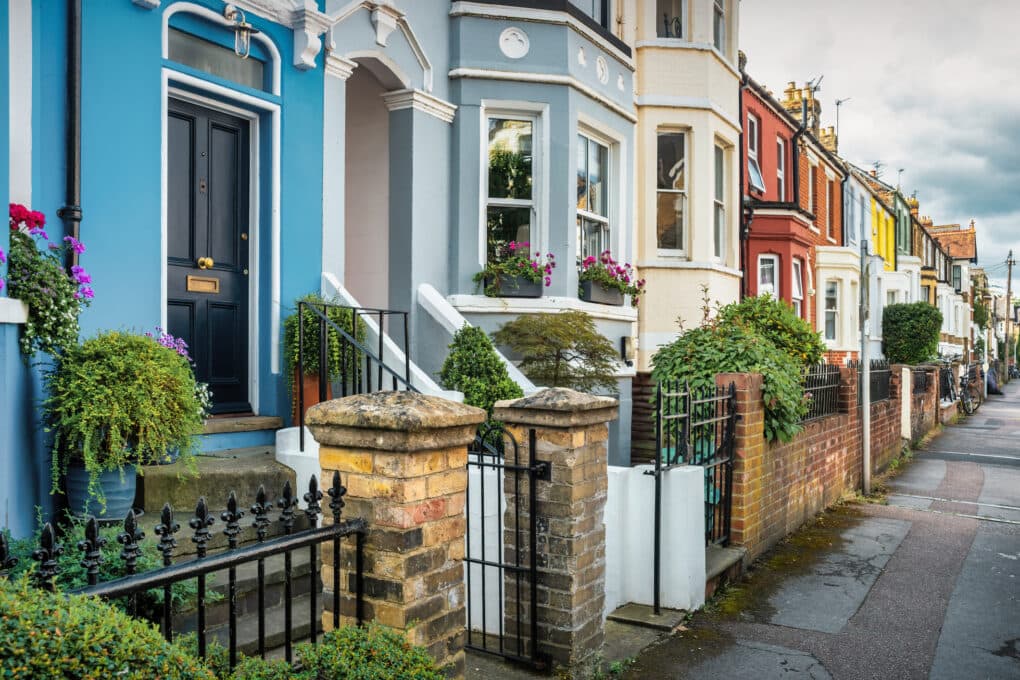Things you should know about shared ownership in 2024

17 things you should know about shared ownership in 2024
Analysis of house prices using Land Registry figures from the last 50 years revealed the average UK house price has risen from £8,915 in 1974 to £280,660 in May 2024 – that’s an average increase of 3,048%.
Rising values show no sign of abating either. Nationwide’s most recent House Price Index revealed annual house price growth of 0.6%, while Rightmove said the average asking price of a property coming to the market in April increased by 1.1%
It’s no surprise that many buyers, especially those purchasing for the very first time, can’t afford to own their own home outright. As a result of decades of house price increases, the shared ownership market has gained ground. You may also see this initiative referred to as part buy, part-rent or shared equity. Here are 17 things you should know about shared ownership in 2024:
1. Not everyone can access shared ownership: generally, a shared ownership applicant must be a first-time buyer, someone who doesn’t currently own a home and can’t afford to buy on the open market, or an existing shared ownership homeowner. Additionally, the applicant must be over 18, not in debt, have a good credit history and meet the specified income thresholds (this differs depending on where you live).
2. Not all shared ownership properties are brand new: many existing shared ownership households outgrow their home and move to bigger properties or new areas. The knock-on effect is a thriving shared ownership resale market.
3. You can start with just 10% of a property: as its name suggests, the buyer shares ownership of the property with someone else, instead of owning the home outright. Usually a percentage of the property is owned by the buyer (the minimum is 10%), while the remaining percentage is owned by a housing association, local council or private developer.
4. You’ll pay a monthly rent: once the buyer has completed the purchase of their share, the housing association, local council or private developer will become their landlord. There will be monthly rent to pay but this is generally subsidised and below market value. The landlord can increase the rent, as per the signed lease agreement.
5. You may have a mortgage as well: unless the buyer purchases their percentage of the property with cash, they will need a mortgage to cover their share. Buying a percentage of a property does, however, mean a smaller deposit and a smaller mortgage is required, making it an affordable option when compared to buying a property outright.
6. There might be additional fees: if you buy a shared ownership apartment, a house on an estate or a property with any shared amenities or land, there may also be
annual services charges, estate fees and ground rent. Check with the housing provider if these fees are included in the monthly rent.
7. You can defer a stamp duty payment: another money-saving aspect of buying a shared ownership property is the frequent ability to defer the stamp duty payment until the buyer’s share reaches 80%. This represents a substantial financial saving at the outset.
8. Shared ownership properties are listed for sale on leading portals: it’s easier than you think to find a shared ownership property for sale. Shared ownership providers list on the leading portals – simply use the website’s filters to narrow down the search. On Rightmove, check the ‘Buying Scheme’ box, while on Zoopla and OnTheMarket, choose the ‘only show shared ownership’ option. There are also specialist shared ownership portals, such as sharetobuy.com. If you would like a Viewber to visit a shared ownership property for sale on your behalf, you can book using our online facility. A Viewber can live stream from the property, take photos and videos, and file a condition report.
9. You can increase the percentage share you own: shared ownership allows people to buy a bigger share of the property over time, as their finances allow. This is known as ‘staircasing’. It’s possible to buy additional shares in increments as little as 1% and some arrangements will allow for an eventual 100% outright purchase. When buying an extra share, expect to pay legal fees, mortgage fees and potentially stamp duty too. If you’re buying an increased share using a mortgage, it’s best to use an independent financial advisor as there are fewer shared ownership home loans to choose from.
10. There could be restrictions on home improvements: as with any tenanted property, you’ll sign an agreement created by the landlord. Detailed within will be what can and can’t be done to the property. Look out for restrictions pertaining to decorating, remodelling, improving and extending the property.
11. Subletting might be banned: it’s highly likely renting out a room, taking in a lodger or letting the entire property to tenants will be prohibited if the property is shared ownership. Always check the lease you signed before you advertise for tenants.
12. You may get financial help with repairs: the introduction of the Government’s Affordable Homes Programme in 2021 means there is now a 10-year repair warranty attached to shared ownership properties. During this time, the shared owner will receive support from their housing provider/landlord to pay for essential repairs.
13. Pets might be prohibited: if you have an animal, such as a dog, cat or bird, or keep poultry, check with the housing provider to establish whether domestic pets or non-domestic animals are allowed.
14. You may have to pay to extend your lease: most shared ownership properties are leasehold and a short lease can cause problems when it comes to getting a mortgage and also selling. It’s imperative to check if your shared ownership home was released under the original model when leases could be as short as 99 years. Any lease below 80 years is considered short and there will be fees to extend it.
15. You can use the open market to sell if you own 100% of the property: the method you use to sell a shared ownership home depends on how much of the property you own. If you have used staircasing to buy the home outright, you can sell the property on the open market.
16. ‘First refusal’ rules apply if you only own a percentage share when you sell: if you don’t own 100% of the property, you will need to contact the housing provider who owns the remaining percentage first. They will have a set number of weeks in which to find a buyer, as outlined in the lease. Once this timeframe is up, the seller can choose an estate agent to market the property. The seller should expect to pay fees when selling and these can include, but are not limited to, the cost of a valid EPC, legal fees and Leasehold Information Pack fees.
17. You can make a profit when you sell: if the value of your shared ownership home has risen since you completed your percentage, the seller usually gets to keep the profit. Be aware that if the property sells for a lower price than the valuation, the seller may be asked to make up the shortfall.
While this article offers lots of useful information, shared ownership is an often complex sector with lots of caveats and algorithms to understand. You can use this Government website dedicated to shared ownership to fact-check, or speak to a conveyancing solicitor who has experience of shared ownership sales and purchases.
If you are a housing association, local council or private developer needing help with viewings and property visits – whether that’s during the sales process or during a tenancy – contact Viewber. Our network operates across the UK seven days a week, including evenings, weekends and Bank Holidays.
17 things you should know about shared ownership in 2024



